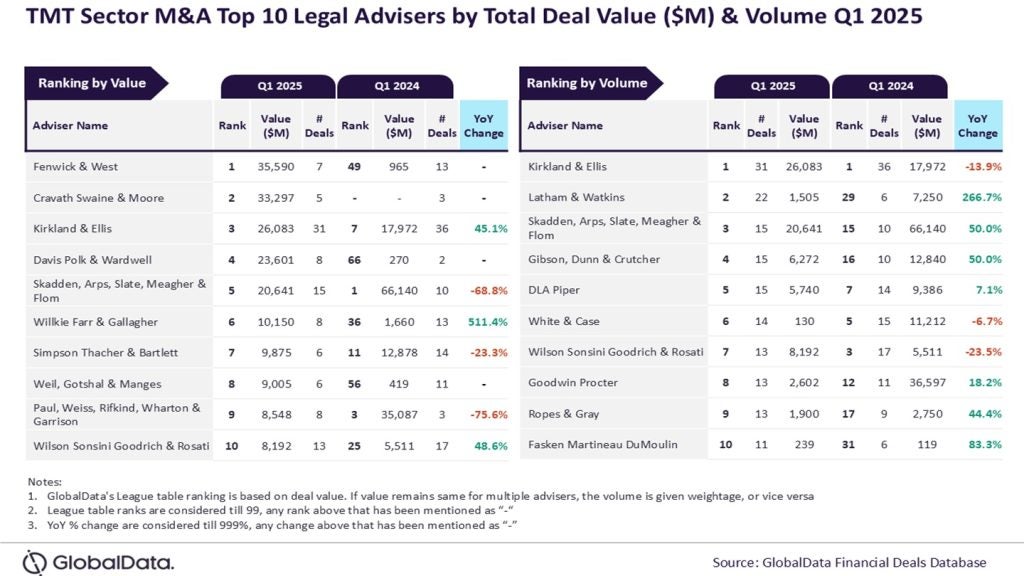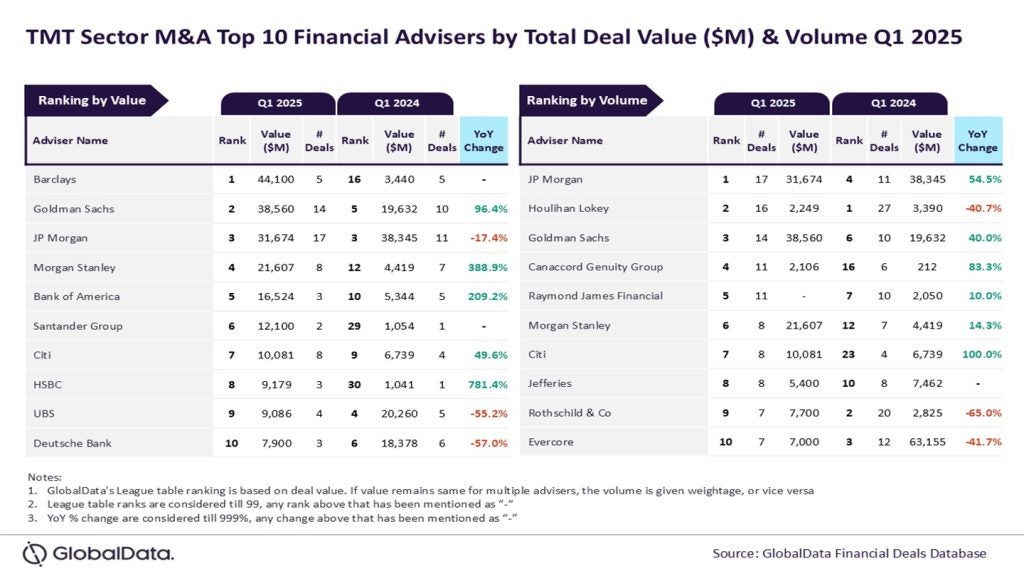
Since the Covid-19 pandemic, the global workforce has had to become more agile, with phrases such as ‘remote working’ and ‘hybrid working’ becoming commonplace. As a result, many companies have had to build technological solutions that allow for flexible working.
Industry 4.0 – the adoption of digital practices to streamline and automate business functions across sectors – has become essential to business strategies. Yet the vast nature of technology means that there is a seemingly endless number of technologies for business leaders to consider.
Blockchain, AI and quantum computing are all new-age technologies that business leaders have to stay on top of. As a result, a common concern for businesses when it comes to adopting new technology is the labour shortage currently plaguing the West.
Who will they employ to run these advanced technologies? Where can tech talent be sourced more easily without having to implement a costly retraining strategy? Some experts believe that it might be another advancement in technology that could hold some of these answers.
Web3 – a concept around a new decentralised internet that uses blockchain and metaverse ideology – and its enthusiasts believe that decentralised autonomous organisations (DAOs) that operate within Web3 could radically change business operations and soothe labour market tensions.
So how can existing businesses take advantage of Web3 and is it really the solution to the labour shortage that business leaders have been hoping for?
What does business leadership look like in Web3?
While the ability to create online spaces to form global communities is a potential tool that could allow businesses to access much-sought-after talent, is this compatible with the ethos of Web3?
In essence, Web3 is an idealistic internet utopia that is intended to give the power back to the user by decentralising the internet away from Big Tech companies. This begs the question: what does business leadership look like in Web3?
In his book Cyber Republic, George Zarkadakis predicts that DAOs will be adopted more widely and that as a result, “new types of businesses will emerge that would look more like cooperatives and less like corporations”.
So essentially, although you may be paying for your shared ownership of a Web3 workspace (investment into cryptocurrency is required for Web3 access), the argument is that you would also be benefitting financially when your company does well, like a shareholder.
Zarkadakis goes on to highlight that this would reduce agency costs and that leadership within DAOs would have to rely on soft power and influence in order to unite workers (or “disparate stakeholders” as he calls them) towards a common mission.
A different kind of worker connectivity
A key theme held by Web3 believers is the power of autonomy. If workers are given self-sovereignty over where and how they work – with the driving factor between worker and company being shared equity and a common mission – could this mean that the quest to find talent could become more competitive?
Whilst the metaverse and Web3 could help a company to find the talent it needs, the Web3 user/worker could also more easily switch companies. This is where the idealistic nature of Web3 would have to be embraced by companies hoping to benefit from the hypothetical Web3 talent pool. If a business leader is looking to cultivate a committed and loyal community of Web3 workers, connection is important.
This is not just in the sense of literal online connection, but in finding workers that will connect to the concept and objective of the business. While Web3 could unlock access to talent, the onus to cultivate and motivate workers would remain firmly with the company.







